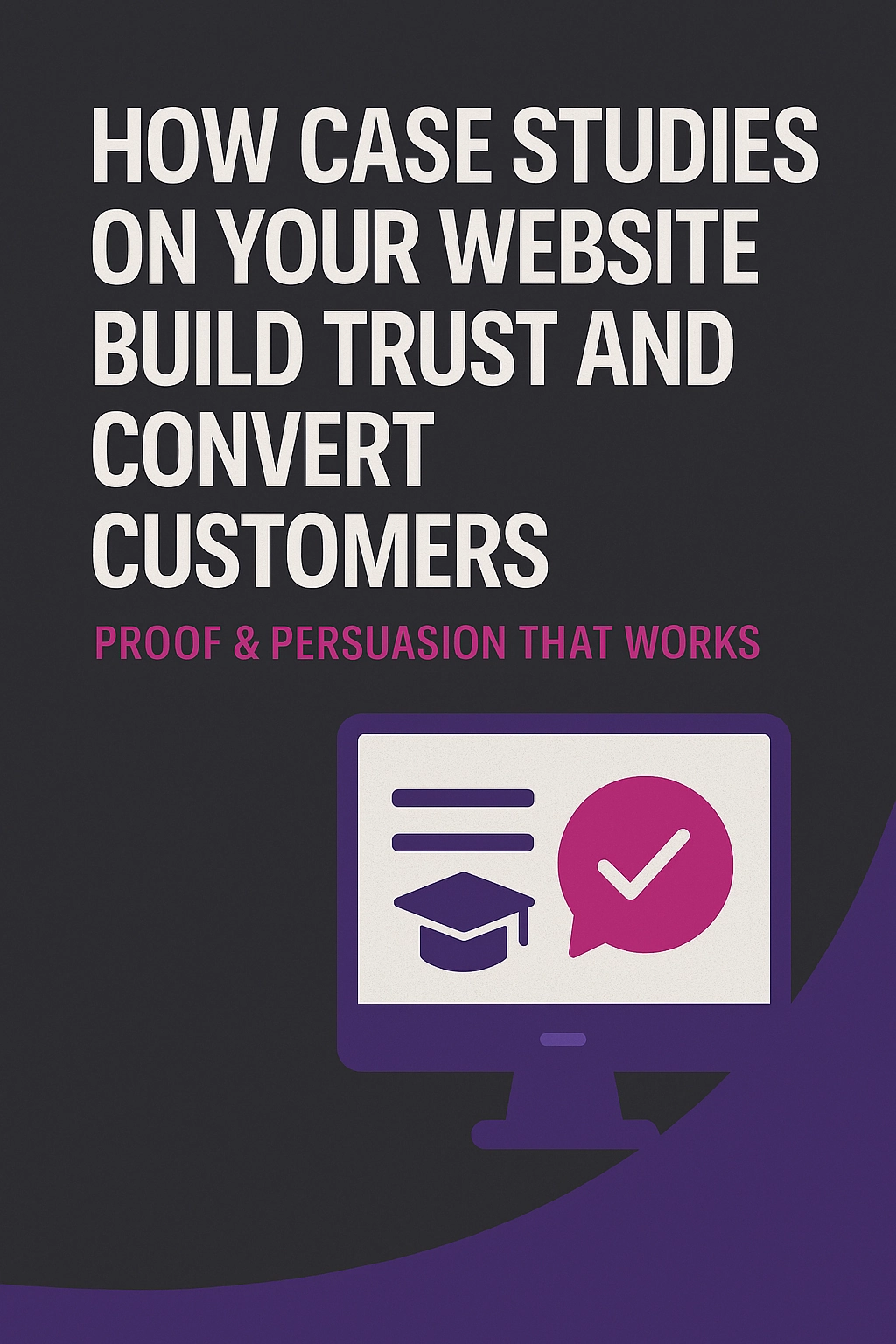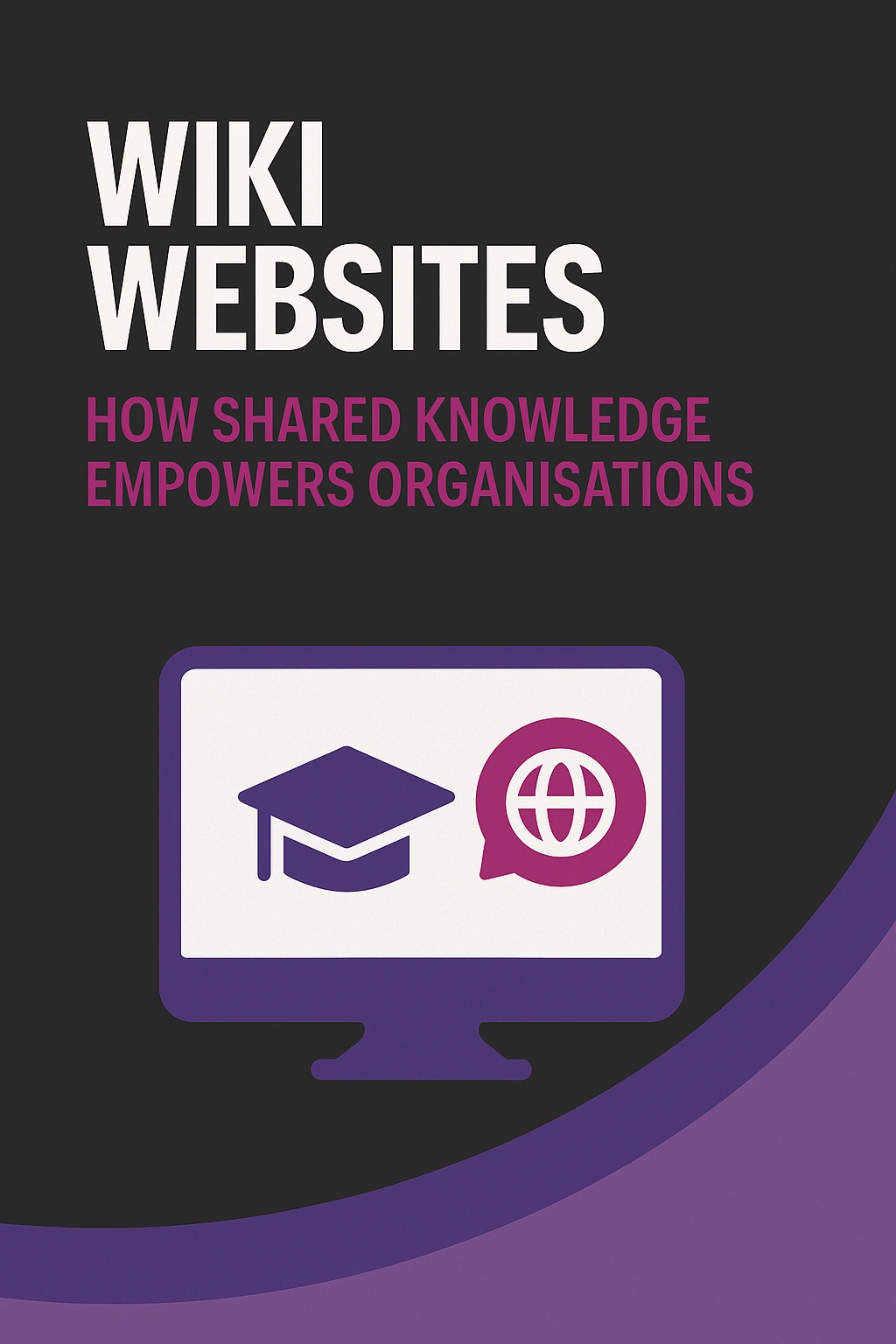
Conversion Rate Optimisation Top Tips and Tricks for Improving Your Website’s Performance
Discover proven conversion rate optimisation tips to improve user experience, boost engagement, and turn more website visitors into customers.
Email remains a vital communication tool for businesses and individuals alike. POP mail (Post Office Protocol) is a time-tested method for retrieving emails that offers a unique approach to managing your inbox. At We Do The Web Digital Marketing Agency, we believe understanding the advantages and best practices of POP mail is essential for those who prefer local storage and offline access. In this post, we’ll explain what POP mail is, outline its benefits and limitations, and provide practical strategies for using it efficiently.
POP mail is an email protocol used to download messages from a remote server to your local device. Unlike IMAP, which synchronises emails across multiple devices, POP mail typically downloads your emails and (by default) removes them from the server. This method means that once your messages are downloaded, they’re stored on your device, allowing for offline access.
Key Characteristics of POP Mail:
Using POP mail offers several advantages, particularly for users who have specific needs regarding email storage and offline accessibility.
Since emails are downloaded to your local device, you can access them even when you’re not connected to the internet. This is particularly beneficial for users with unreliable or limited connectivity.
With POP mail, you maintain complete control over your emails by storing them locally. This can be an advantage if you prefer to back up your data on your personal hardware rather than relying solely on cloud storage.
By removing emails from the server after downloading, POP mail reduces the amount of data stored online. This can lead to faster server response times and may help manage storage limits imposed by your email provider.
While POP mail has its benefits, there are some limitations to consider:
To maximise the benefits of POP mail and mitigate its limitations, consider implementing these best practices:
Since your emails are stored locally, it’s crucial to back them up regularly. Use reliable backup solutions or export your emails periodically to prevent data loss.
Keep your local inbox clutter-free by creating folders or labels to organise your emails. Archive older messages to free up space and maintain a streamlined email environment.
Be aware of your device’s storage capacity. Regularly review and delete unnecessary emails, especially those with large attachments, to ensure that your local storage remains optimised.
Some email clients allow you to configure POP settings so that a copy of emails remains on the server even after download. This hybrid approach can help if you occasionally access your email from other devices.
Even though POP mail stores data locally, secure your device with up-to-date antivirus software, strong passwords, and regular software updates. This ensures that your downloaded emails remain protected.
For further insights into managing and optimising your email with POP mail, explore these expert resources:
These resources provide valuable insights and actionable tips to help you effectively manage your POP mail setup.
POP mail remains a robust and efficient method for managing your email, especially for those who value local storage and offline accessibility. By understanding its benefits and limitations, and by implementing best practices for organisation, backup, and security, you can ensure smooth and efficient email management.
At We Do The Web Digital Marketing Agency, we specialise in digital solutions that streamline your operations and optimise your online presence. Whether you’re looking to enhance your email management strategy or need broader digital marketing support, we’re here to help.
Contact us today at We Do The Web Digital Marketing Agency and let us help you achieve efficient, secure, and reliable email communication for your business!
August 6, 2024
We Do The Web

Discover proven conversion rate optimisation tips to improve user experience, boost engagement, and turn more website visitors into customers.

Discover how case studies on your website build trust, demonstrate expertise, and guide client decisions, turning visitors into loyal customers.

Wiki websites enable collaborative knowledge-building, whether publicly or internally. Learn how wikis help businesses store, organise, and scale information across teams and audiences.
Consistency is key. We align visuals, voice, and values for a cohesive online presence.
array(1) {
["code"]=>
string(9) "s8A4qUY2d"
}
Array ( )$successArray
Array ( )